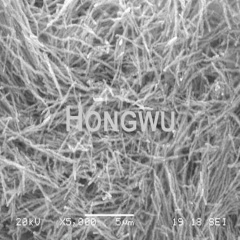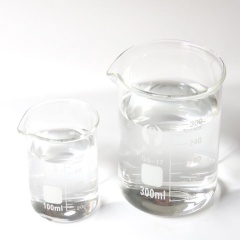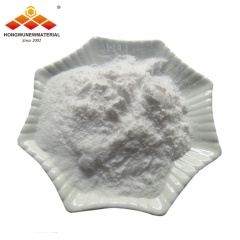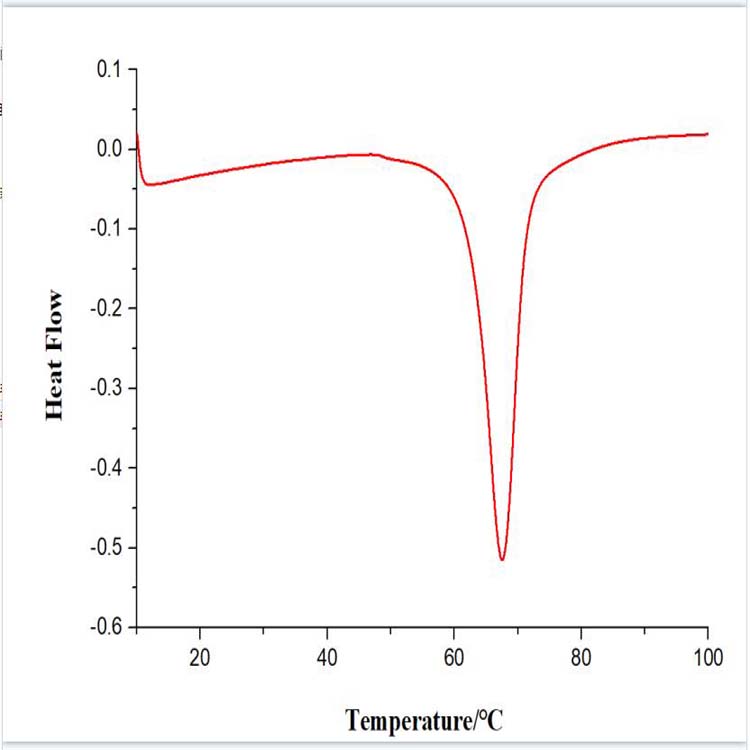Conductive fillers are an important part of conductive adhesives, which improve the electrical conductivity of conductive adhesives. Most commonly used are non-metal material, metal material and metal oxides material.
Non-metallic fillers mainly refer to carbon family materials, including nano-graphite, nano-carbon black, carbon nanotubes and the like. The advantages of graphite conductive adhesive are stable performance, low price, low relative density and good dispersion performance. Silver-plated nano-graphite can also be obtained by electroless silver plating on the surface of nano-graphite to further improve its comprehensive performance. Carbon nanotubes are a new type of conductive material that can achieve good mechanical and electrical properties, but in practical applications, there are still many problems to be solved.
The metal filler is the most used filler in the conductive paste, and mainly has a powder of a conductive metal such as silver, copper or nickel. Silver powder is a filler used in conductive glue. It has the lowest resistivity and is difficult to be oxidized. Even if it is oxidized, its oxidation product has a good electrical resistivity. The disadvantage is that silver will generate electronic transition under DC electric field and moisture conditions. phenomenon. Because copper powder is easily oxidized, it is difficult to be stable, easy to aggregate, and agglomerated, resulting in dispersion in the conductive adhesive system. Therefore, copper powder conductive adhesive is generally used in applications where conductivity is not high.
Silver-plated copper powder/silver-coated copper powder has the advantages of good oxidation resistance, good electrical conductivity, low electrical resistivity, high dispersibility and high stability; it not only overcomes the defects of easy oxidation of copper powder, but also solves Silver powder is expensive and easy to migrate. It is a highly conductive material with a promising future. It is an ideal conductive powder with high cost performance.
Silver-coated copper powder can be widely used in conductive rubber, conductive coatings, polymer pastes, and various microelectronics fields with conductive, static conduction, etc., non-conductive materials, surface metallization, etc., is a new type of Conductive composite powder. Widely used in the fields of electrical and electromagnetic shielding in various industries such as electronics, electromechanical, communication, printing, aerospace and military. Such as computers, mobile phones, integrated circuits, all kinds of electrical appliances, electronic medical equipment, electronic instruments and meters, so that the products are not subject to electromagnetic interference, while reducing the damage caused by electromagnetic radiation to the human body, as well as the conductivity of colloids, circuit boards, and other insulators. Handle to make the insulated object have good electrical conductivity.
Relatively speaking, the electrical conductivity of metal oxides is very poor, and it is rarely used in conductive adhesives.


 English
English français
français Deutsch
Deutsch русский
русский italiano
italiano español
español português
português 日本語
日本語 한국의
한국의 Türkçe
Türkçe

















 8620-87226359,8620-87748917
8620-87226359,8620-87748917

